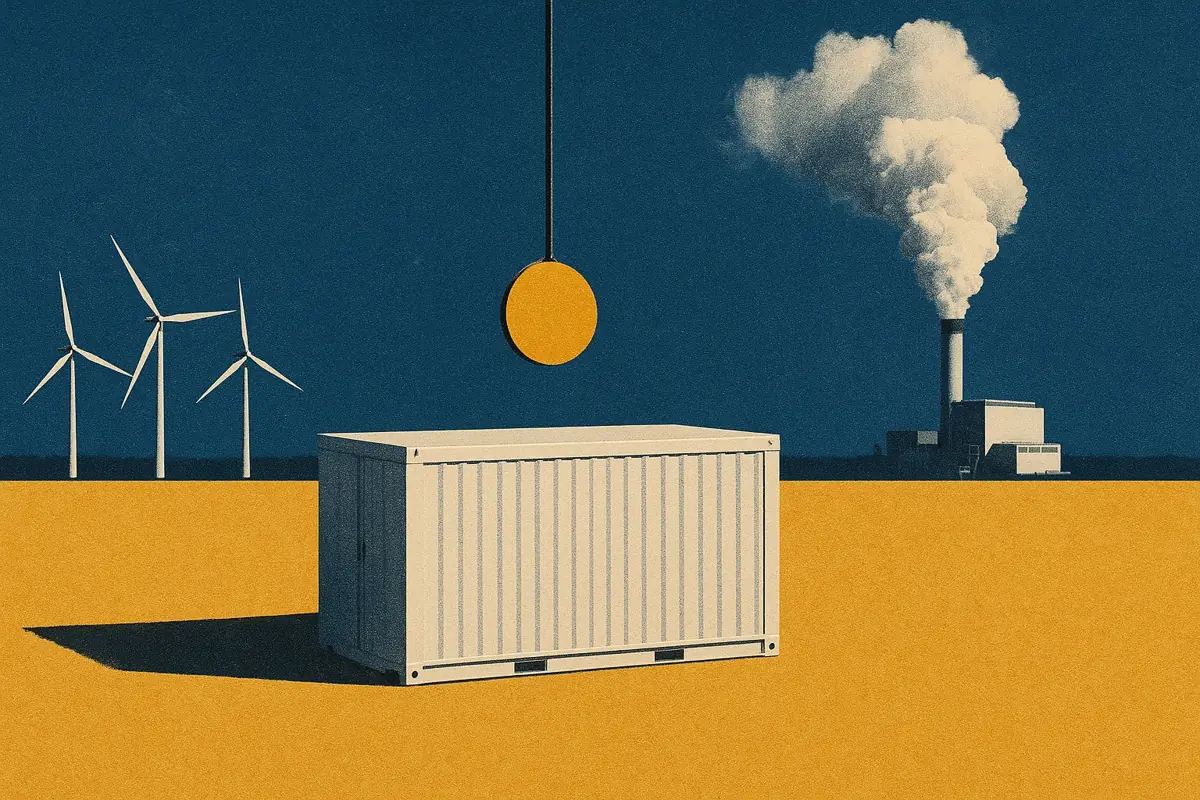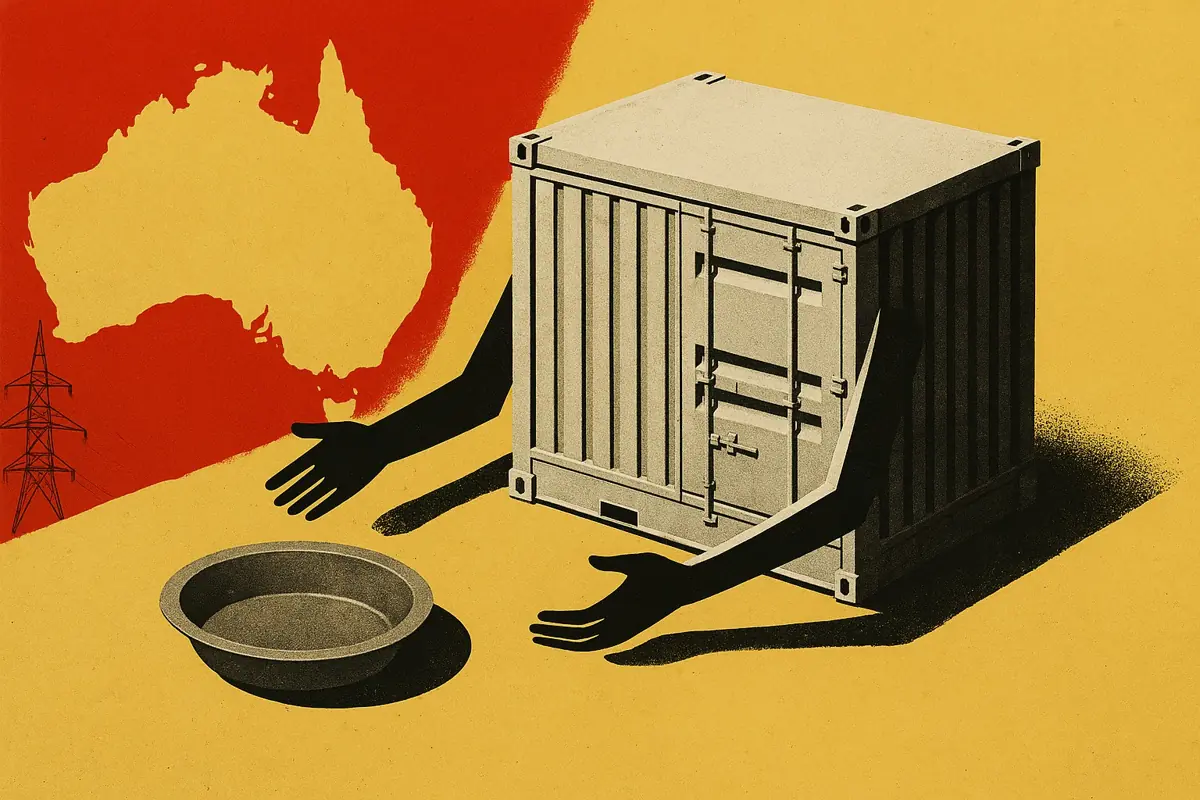Minimum System Load is becoming an operational challenge for AEMO as the grid shifts toward high levels of renewable generation. Rooftop solar in particular is driving operational demand to record lows, even negative at times, which leaves less synchronous generation online to provide essential stability services. When the system leans too heavily on inverter-based resources, it becomes more exposed to voltage and frequency disturbances.
To manage this, AEMO relies on a range of precautionary measures, some of which involve out-of-market intervention. This to keep the system secure during low-demand periods. This has implications for how batteries operate and earn revenue.
This article breaks down what Minimum System Load is, how AEMO manages it, recent examples from the NEM, and what it all means for battery performance and costs.
Please message marcus@modoenergy.com with any questions and comments
What is Minimum System Load?
Minimum System Load (MSL) occurs when operational demand, underlying demand minus distributed energy generation, drops so low that system security is at risk. Mild weather, strong rooftop PV output, and low daytime consumption drive these events. During these times, there may not be enough synchronous generation online to provide essential services like inertia, frequency or voltage control. AEMO has to step in with out-of-market interventions to keep the grid stable and prevent the system from becoming vulnerable to disturbances or outages.
AEMO manages three Minimum System Load levels
When operational demand approaches minimum system-load levels, AEMO use targeted measures to keep voltage, frequency, and system strength within safe limits. The specific actions vary by region, weather conditions, rooftop solar output, and how much flexible load is available at the time.
Each MSL level corresponds to a forecasted demand threshold that AEMO calculates for each region, based on how low demand can safely fall before system security is at risk. These thresholds give AEMO a structured way to decide when to intervene as demand drops and the grid becomes harder to stabilise.
High rooftop solar and limited interconnection put South Australia at greatest risk
South Australia is the most exposed region to MSL because its underlying demand is small relative to its generation mix.
South Australia also has few synchronous generators and relies heavily on two interconnectors to the eastern states for system support. When either link is constrained, South Australia has reduced synchronous support which increases the likelihood of minimum system load conditions.
Since the start of 2025, South Australia has recorded 112 hours of negative operational demand. This occurs when local generation exceeds underlying demand, forcing scheduled units offline and limiting the number of thermal generators that normally provide essential system services.
These conditions occur most often in spring, when mild temperatures suppress demand.
Batteries are losing revenue under today’s minimum system load interventions
When operational demand falls below Minimum System Load thresholds, AEMO must take out-of-market actions to maintain system security. This often involves directing an asset to follow a specific dispatch trajectory, preventing it from operating economically. When there is a large price difference between the instructed profile and economic dispatch, the revenue impact can be significant.
On 11, 12, and 15 November 2025, AEMO directed Torrens Island to follow dispatch targets for Minimum System Load management. This is the first time this had happened for a battery.
By preventing charging from 7:30 am–3:00 pm on 11 November and 7:00 am–2:30 pm on 12 November, Torrens Island missed the cheapest 1-hour charging windows on both days. This resulted in $5,354 and $3,876 in lost revenue respectively.
Under the National Electricity Rules, Torrens Island may eligible for compensation when its dispatch is altered through out-of-market intervention. The formula for compensation is:
Compensation = Benchmark price × Direct quantity
Where:
- Benchmark price = the 90th-percentile price over the past 12 months for that region
- Direct quantity = the difference in the unit’s energy (MWh) with the direction versus without it over the trading intervals
For these events, the formula suggests that Torrens Island could be receive up to $37,895 and $28,091. This is far higher than the actual financial losses incurred. However, compensation is not guaranteed, the way compensation is assessed can be hard to predict.
How will this change in the future?
The current compensation framework was designed for traditional generators, and can be difficult to apply to storage. It pays based a benchmark price rather than spot prices which produce outcomes that don’t always reflect their financial loss. In November, the formula may have delivered a much larger payment than its trading loss.
Both AEMO and the AEMC have highlighted areas where further clarity would help as storage becomes more prevalent.
Current discussions focus on:
- better recognising price-driven impacts for storage,
- improving counterfactual modelling for bi-directional units, and
- making the additional-compensation process more consistent and predictable.
No rule changes have been implemented yet, but reform is widely expected as batteries take on a larger role in system operations.
South Australia’s exposure to minimum system load is also likely to decline over time. As Project EnergyConnect Stage 2 expands interconnection with New South Wales, South Australia will have stronger system support and a reduced risk of islanding. This will likely reduce the frequency of minimum system load events and the associated impact on batteries.







